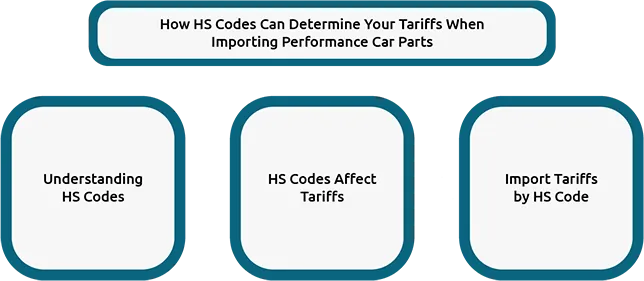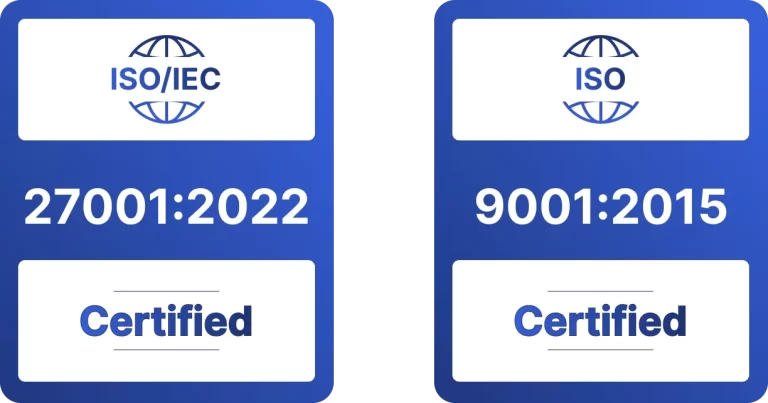Understanding HS Codes and Their Role in Car Parts Importation
This HS Code determines tariffs and regulations and clears the goods through customs when importing performance car parts. Trade HS Code Responsibility The HS Code is part of a global commerce system designed to classify and track goods through international trade. The correct classification will prevent costly mistakes, penalties, and delays and ensure they take advantage of applicable trade agreements.
The Importance of HS Codes in Importing Car Parts
Customs administrations use HS Codes, or Harmonized Tariff Schedule (HTS) Codes, to determine the nature of imported or shipped goods. These codes set the tariffs, customs duties charged on goods and thus directly impact the price of imports. If you are a business importing performance car parts, knowing the correct HS Code is crucial to ensuring you pay the right amount of tariffs & that your shipments aren’t delayed.
Proper classification helps businesses adhere to international trade regulations while maximizing benefits from various trade agreements, including the Generalized System of Preference / GSP. Such trade deals may reduce or eliminate tariffs, improving the cost-effectiveness of imported products, especially in the automotive industry.
How Do HS Codes Determine Your Tariffs?
The import tariffs for all goods depend primarily on HS Codes with performance car parts among these categories. The system serves three functions by identifying products, after which it sorts parts into categories before determining their applicable tariffs. Proceeding with accurate HS codes prevents customs non-compliance while enhancing the fast and proper handling of goods. Incorrect implementation of HS codes results in formal financial consequences while slowing down customs procedures and creating potential risks for confiscating imported goods.
The automotive industry applies different tariffs to car parts according to the product classification system. Higher-level codes and associated tariffs distinguish bumpers from radiators, separate from clutches since each possesses its designated HS code. When exporting companies misidentify parts, Customs clearance processes will be delayed because of erroneous duties.
Common HS Codes for Car Parts
To help businesses identify and classify their automotive parts properly, it’s important to refer to specific HS codes for various components. Below are some common HS codes for performance car parts:
HS Code 8708: Parts & accessories of motor vehicles
HS Code 7318: Fasteners: bolts & screws\
HS Code 8708.92: Silencers & exhaust pipes\
HS Code 8708.93: Clutches & parts \
HS Code 8708.91: Radiators & parts
Businesses can expedite the customs processing of goods and meet international trading regulations by choosing suitable HS codes. A lack of proper customs goods classification may result in elevated tariffs and also lead to regulatory non-compliance penalties for businesses seeking international trade activities.
How to Ensure Accurate HS Code Classification
Multiple steps allow businesses to classify their car parts correctly.
Consult Official Resources: Businesses should consult official resources using the Harmonized Tariff Schedule (HTS) and national customs authority guidelines to understand good classification methods.
Hire Experts: Businesses that partner with customs brokers and trade compliance specialists obtain accurate international trade standard classifications of their goods.
Use Technology: Businesses working with diverse auto parts will greatly benefit from using technological tools that include online classification systems and databases. The tools provide businesses with the ability to achieve precise HS code assignments.
Detailed Product Descriptions: The proper classification of parts becomes easier because accurate, detailed product descriptions assist in the assignment of correct HS Codes.
Stay Updated: Businesses must regularly update their product classifications to follow changes in trade regulations.
The Role of HS Codes in International Trade
Monitoring international trade patterns becomes possible through HS Codes because they enable organizations to collect statistics on the movement of imported and exported goods. The classification system enables product movement while ensuring businesses follow internal and foreign laws. Implementing preferential tariffs and business benefits in trade agreements mainly depends on HS codes.
Economic entities leading international trade need appropriate HS Code assignments to establish cooperative relationships with customs authorities and expedite their customs release process. A misclassification of goods results in monetary penalties and delays operations, damaging the company’s reputation.
Compliance and Avoiding Non-Compliance Penalties
International regulatory compliance is the primary reason businesses need precise product classification. Incorrect product classification results in multiple adverse outcomes such as heavy fines and penalties and delayed shipments and can even lead to goods seizure. Denying import or export privileges because of non-compliance with customs regulations poses a major challenge to a business attempting global trade operations.
Organizations avoid non-compliance risks when using HS Codes since this system outlines how tariffs and customs guidelines affect certain products. When importing or exporting goods, businesses maintaining good standing with authorities through correct classification practices will efficiently meet all customs requirements.
Conclusion
You must properly select the correct HS Code for your automotive parts to perform efficient and financially advantageous importation procedures. Businesses following international trade rules and using proper tools and expert knowledge for compliance achieve success in customs clearance and avoid expensive mistakes. One Union Solutions supports businesses in handling complex international trade operations to facilitate the timely delivery of your automobile components at competitive prices.
Did You Know,
Every place within the World Trade Organization’s classification system, including over 200 countries and territories, implements the Harmonized System for customs classification to standardize their international trading procedures.
FAQs
1 What is the HS Code?
Ans: Trade products receive classification through the standardized numerical system called HS Code. The HS Code is important for import, export processes since it establishes which duties, regulations, and tariffs will be applied to products.
2 What procedure should I use to identify the accurate HS Code for my car components?
Ans: The correct HS Code identification can be found through research of the Harmonized Tariff Schedule, online classification tools, and customs brokers’ consultation.
3 What happens when businesses classify products using an inappropriate HS Code?
Ans: The mistake of selecting improper HS Codes leads to severe consequences such as monetary penalties, delayed product delivery, higher tariff charges, and possible goods confiscation by customs officials.
4 Does an IOR service provide HS Code classification support?
Ans: As a client of an importer of record (IOR) service, you can receive assistance with proper goods classification to understand customs rules and avoid regulatory penalties.
5 Which HS Codes determine the amount of tariffs you need to pay?
Ans: Your product receives its tariff rate through the HS Code. A correct classification system helps businesses get the appropriate duty rate application to prevent duty expenses that are too high or too low.












